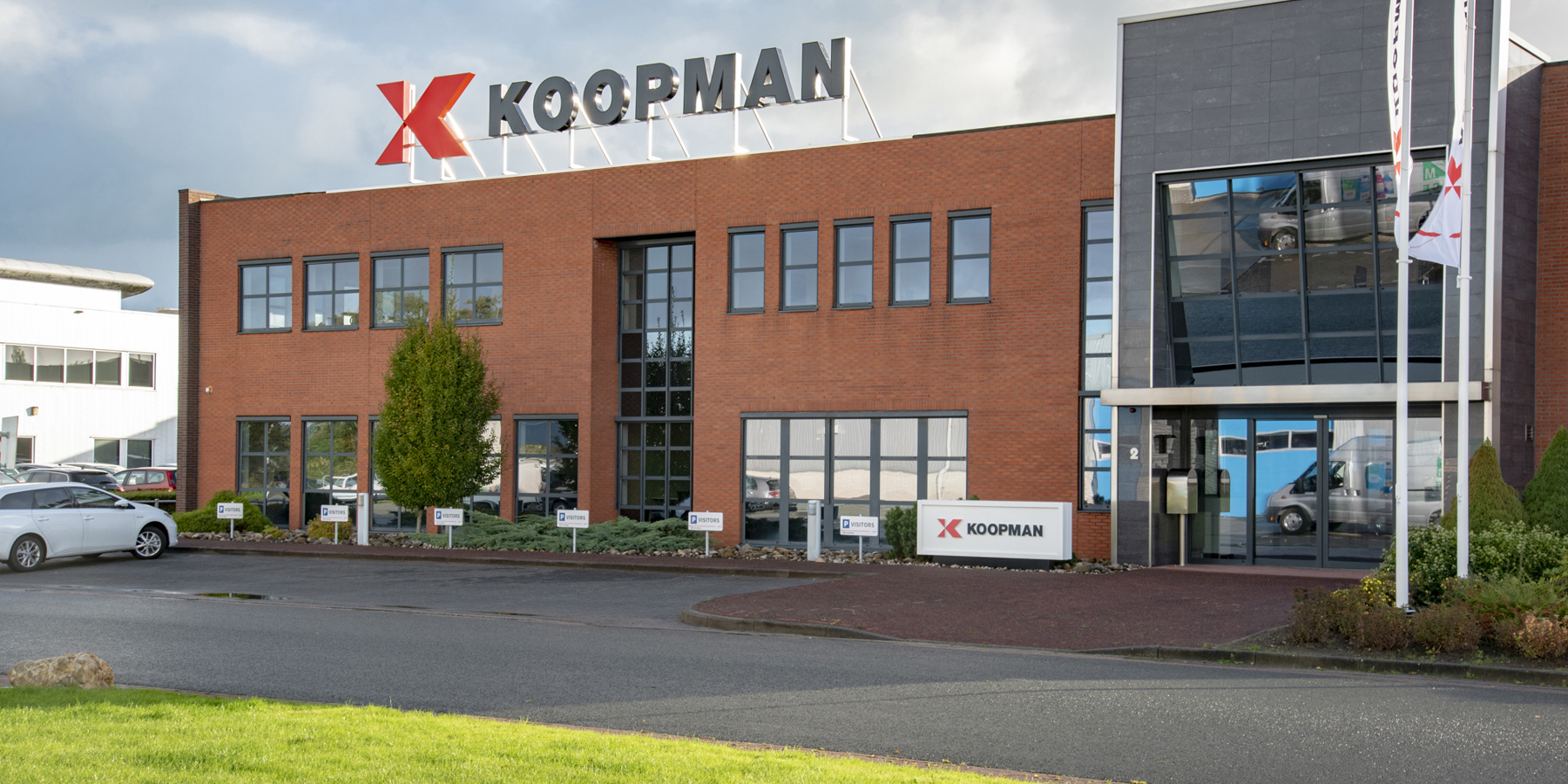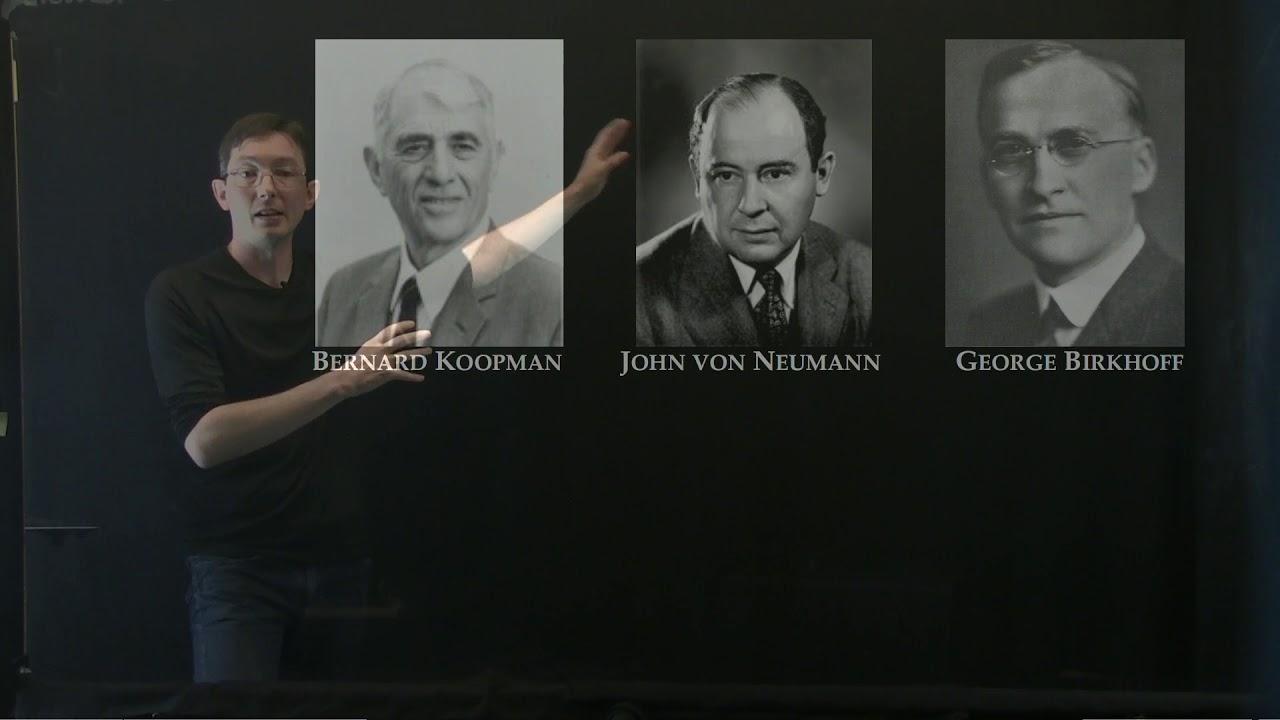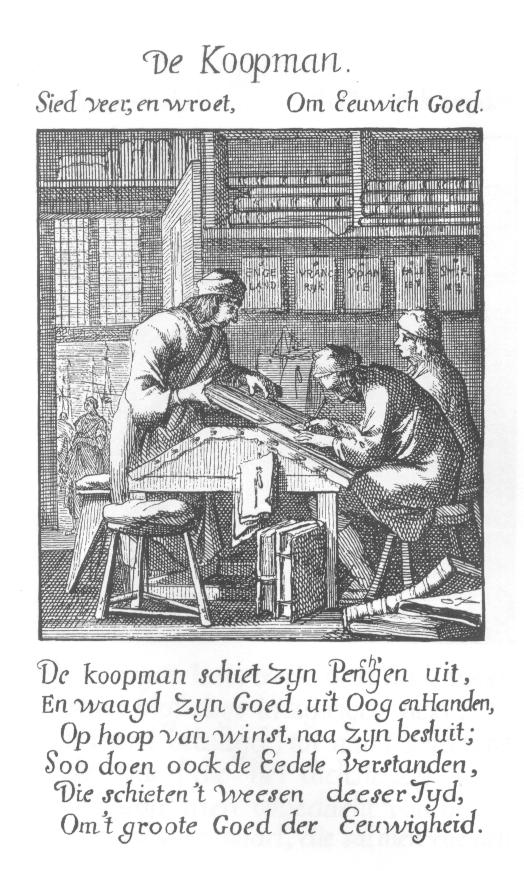
Figure S6 Koopman training an NN DE solver that used Adagrad.... Download Scientific Diagram
The Ramsey-Cass-Koopmans (Ramsey (1928), Cass (1965) and Koopmans (1965)) model is the standard infinite horizon neoclassical growth model. This model differs from the Solow model in one respect - it endogenizes the savings rate by explicitly modeling the consumer's decision to consume and save.

Kas Greyhawk Wiki
The Ramsey-Cass-Koopmans model, or Ramsey growth model, is a neoclassical model of economic growth based primarily on the work of Frank P. Ramsey, [1] with significant extensions by David Cass and Tjalling Koopmans.

De Koopman bij succes ook in andere plaatsen RetailTrends
This paper focuses on the qualitative dynamics of the Ramsey-Cass-Koopmans (RCK) growth model with exponential growth of labour (population) and RCK with logistic growth rate of labour. We find.

Contact Koopman Logistics
The Koopman operator is appealing because it provides a global linear representation, valid far away from fixed points and periodic orbits, although previous attempts to obtain finite-dimensional.

Nieuwbouw in Burgum Koopappartementen in De Koopman
1 Introductory Remarks In the last few weeks, you studied the Solow model in great details. The Solow model is a very important tool to understand the determinants of long term growth.

Optimizing Neural Networks via Koopman Operator Theory DeepAI
controller using the Koopman framework given in this talk. Eisner, T., Farkas, B., Haase, M., and Nagel, R. Operator theoretic aspects of ergodic theory, vol. 272. Springer, 2015. This book contains a rigorous exposition of the Koopman framework and its relation with Ergodic Theory. Jorge Mallo (Deusto) Introduction to Koopman theory 25/29

Koopman Cargo Transport in de Benelux
(Dated: 21 December 2023) This article introduces an advanced Koopman mode decomposition (KMD) technique - coined Featurized Koopman Mode Decomposition (FKMD) - that uses time embedding and Mahalanobis scaling to enhance analysis and predic-tion of high dimensional dynamical systems.

Koopman Operator Theory 知乎
The Ramsey/Cass-Koopmans (RCK) Model Ramsey (1928), followed much later by Cass (1965) and Koopmans (1965), formu-lated the canonical model of optimal growth for an economy with exogenous 'labor-augmenting' technological progress. 1 The Budget Constraint

Koopman eigenfunction corresponding the largest eigenvalue of the... Download Scientific Diagram
A. Koopman Operator and its Spectral Decomposition Our description of Koopman operator theory largely mirrors that in [7]. Define an observable gas a complex map on the. eigenfunctions of Kas their linear combinations, then the system dynamics in the span of should also be (roughly) describable via a linear map. Consider an observable gin the

De Koopman indebuurt Veenendaal
Koopman spectral theory has emerged as a dominant perspective over the past decade, in which nonlinear dynamics are represented in terms of an infinite-dimensional linear operator acting on the space of all possible measurement functions of the system.

De Koopman Almere Haven Promenade
The Koopman operator-based model identification for the (controlled) nonlinear system has been studied. In [5], [6], the Koopman was used to model the nonlinear dynamics with extended dynamic model decomposition (EDMD), and the Koopman-based Model Predictive Control (MPC) was stud-ied. In [5], [6], the authors use some radial basis functions

(PDF) Optimizing Neural Networks via Koopman Operator Theory
The idea of linearizing nonlinear systems with no approximation has always been attractive. Toward this aim two adjoint linear operators have emerged as powerful tools to study nonlinear systems: the Perron-Frobenius (or transfer) operator and the Koopman (or composition) operator, which traces back to the works by Koopman and von Neumann [26, 54].

Dutch term Koopman
NEW INSIGHTS FROM THE CANONICAL RAMSEY-CASS-KOOPMANS GROWTH MODEL February 2020 Macroeconomic Dynamics 25 (6):1-9 DOI: 10.1017/S1365100519000786 Authors: Eric Nævdal Høgskulen på Vestlandet.

Robustness of Koopmanlinear system constructed at ν = 0.01 for... Download Scientific Diagram
MODERN KOOPMAN THEOR Y FOR DYNAMICAL SYSTEMS 9. analogous to k ), except that ( 2.5) is linear and infinite-dimensional. When time t is continuous, the flo w map family satisfies the semigroup.

De Koopman FAAC BV
Intro to Deep Learning Koopman Operators - Mechanical Deep Learning. Home About Blog. Table of core model and training parameters. For more details please see the provided source code. Model Parameters. Training Parameters. Encoder Model. 20 → 100 → 100 → 50 20 → 100 → 100 → 50. Training Cases.

Intro to Deep Learning Koopman Operators Mechanical Deep Learning
Definition 2.1 Koopman Operator. For dynamical systems satisfying Assumption 2.1, the semigroup of Koopman operators { K t } t ∈ R +, 0: F ↦ F acts on scalar observable functions ψ: M ↦ ℂ by composition with the flow semigroup { F t } t ∈ R 0, + of the vector field f (4) K f t ψ = ψ ∘ F t, on the state space M.